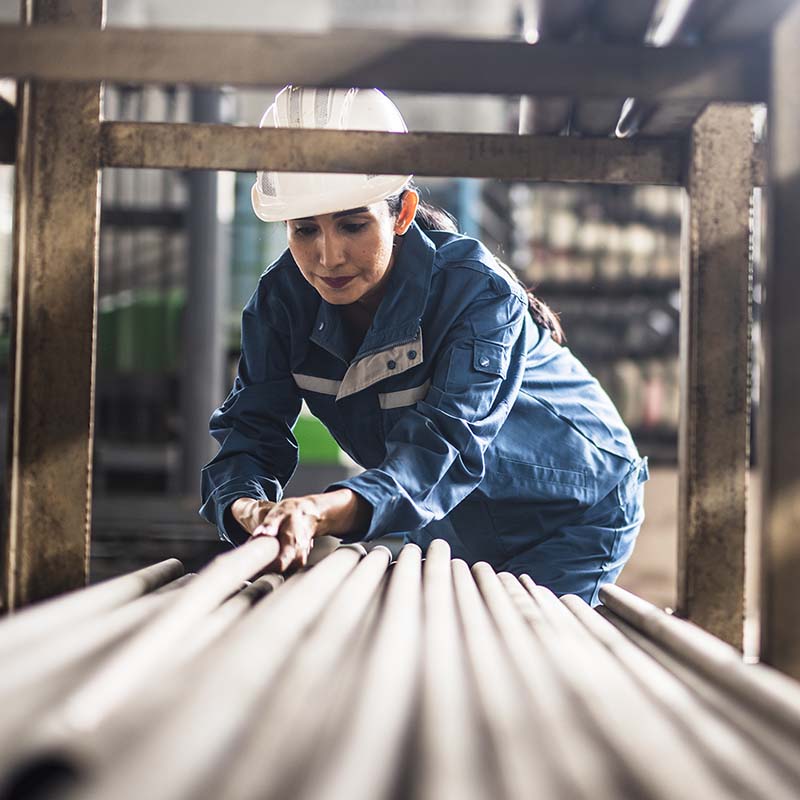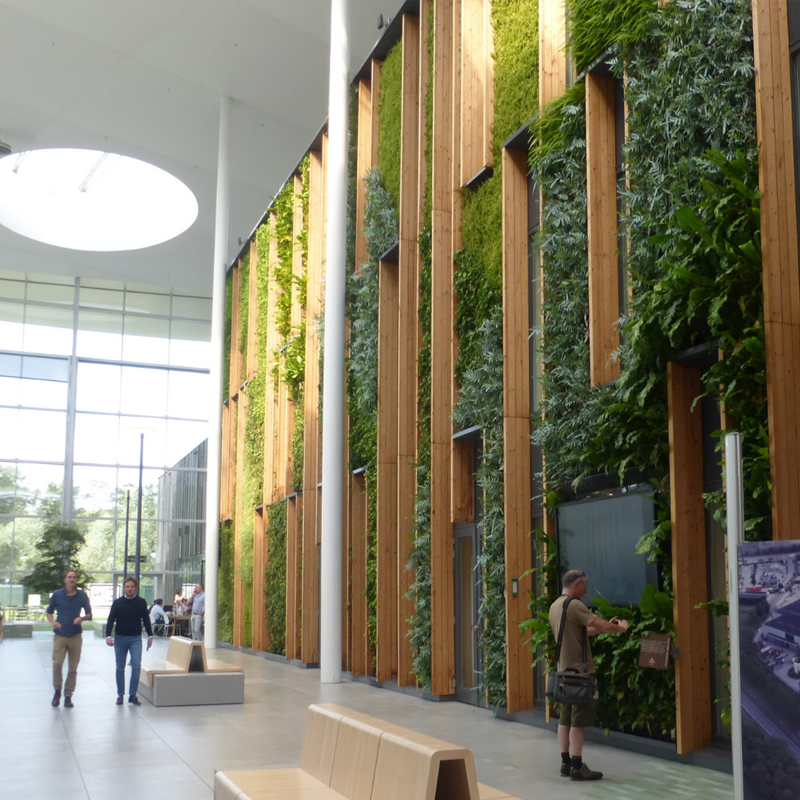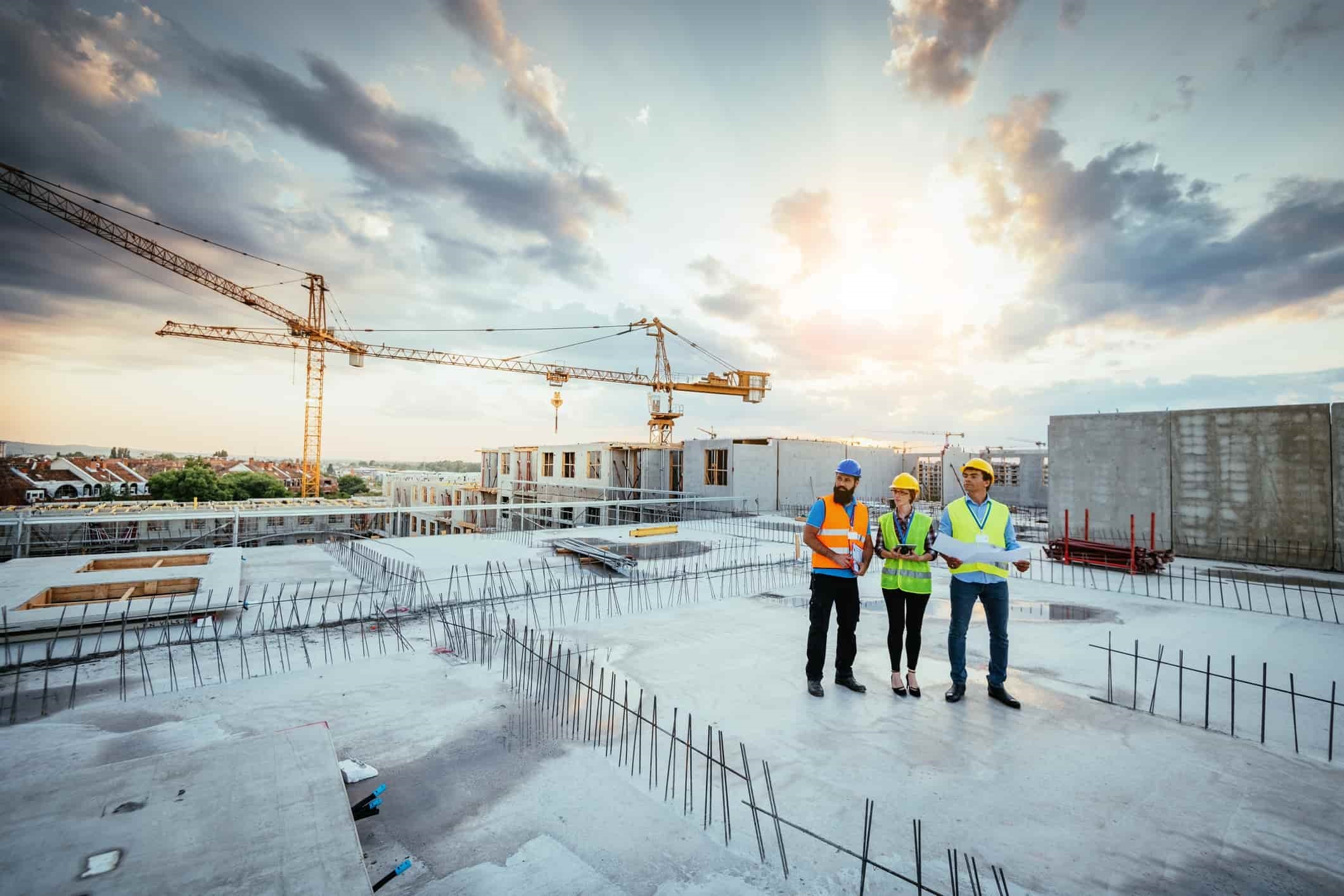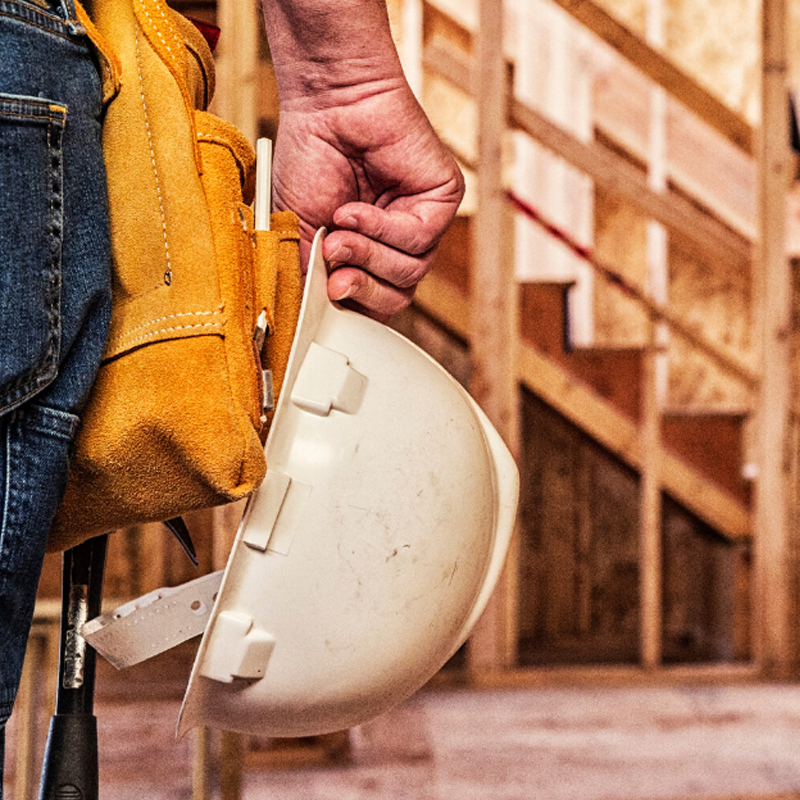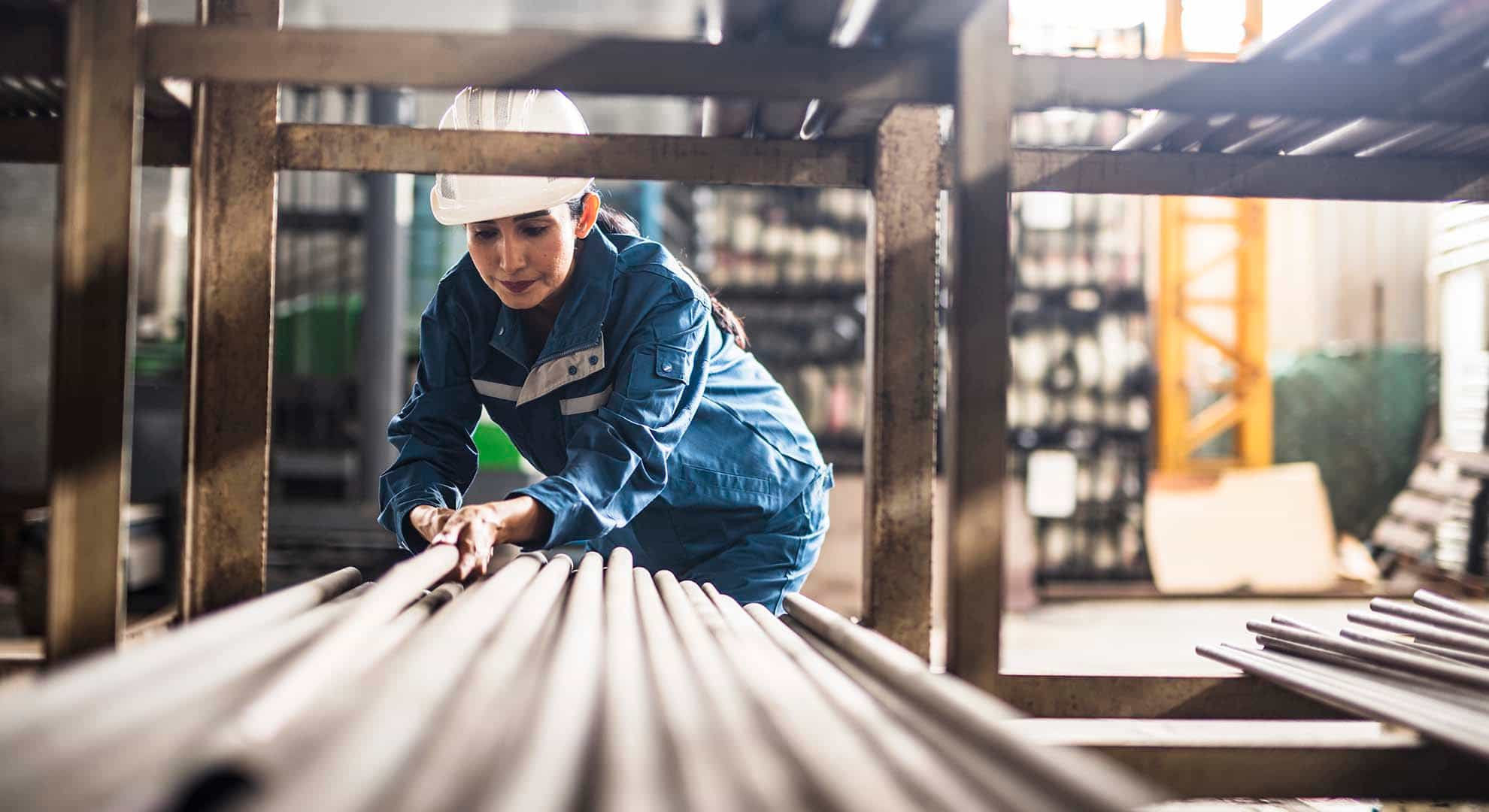
Built Environment and Embodied Carbon
The term ‘Built Environment’ refers to human-made structures, such as buildings, urban spaces, walkways, roads, and parks, and contributes significantly to carbon emissions.
Globally, the built environment is responsible for almost 39% of total direct and indirect CO2 emissions [1] and, at a UK level, evidence shows that embodied carbon can contribute up to 70% of a building's total carbon emissions over its lifetime [2].
These staggering statistics emphasise the significance of embodied emissions in building construction and the need for regulation.

What are Embodied and Whole Life Carbon?
Embodied carbon refers to the portion of Greenhouse Gas (GHG) emissions that are released during the extraction, manufacture and production, transportation, construction, repair and maintenance, refurbishment and end-of-life management of materials.
An embodied carbon value can be determined for an individual material component or an entire building. These emissions will arise throughout a building’s life cycle but are greatest at the beginning when materials are being used to create the building. This proportion of GHG emissions are known as ‘up front’ emissions or emissions ‘from cradle to practical completion’.
At the end of their life materials will also have a carbon impact depending on how they are managed, with reuse being the most preferred option while disposal to landfill is the least.
When we include the operational emissions that arise during the use of the building, such as electricity for lighting or space and water heating, we call this whole life carbon.
It is important to consider embodied carbon emissions as they are becoming a larger and larger proportion of a building’s whole life emissions as energy efficiency measures drive down operational emissions.
Building a Low Carbon Future
To deliver net zero emissions we must continue to reduce our operational GHG by improving the energy efficiency of our buildings and using renewable energy, but we also need to reduce our embodied carbon impact by changing the way we plan, design and build our built environment through the use of modern methods of construction (such as off-site construction) and careful consideration of the materials we use to maximise re-used, low carbon and natural materials.
While Scotland is on a path to reduce the operational carbon of our built environment through the de-carbonisation of the energy grid, the Building Regulations and the ‘Heat in Buildings’ strategy, embodied carbon is currently unregulated. In the absence of regulation Zero Waste Scotland has worked with partners Scottish Futures Trust and Health Facilities Scotland to develop the Net Zero Public Sector Building Standard.
This voluntary Standard focuses on delivering buildings that meet 6 net zero outcomes, including embodied carbon, across themes of place, carbon and environment. However, with little data available on the embodied carbon footprint of buildings in Scotland establishing embodied carbon benchmarks is crucial for improving practices in the industry.
Several organisations, including professional bodies, advisory groups, and local government, have developed aspirational targets to support the Green Building Council and the World Green Building Councils goals, which include the aim for a 40% reduction in embodied carbon by 2030.
The overall aim is to minimise construction embodied carbon through best practice including:
- Options appraisal
- Life Cycle Assessment
- The measurement, targeting and reporting of whole life carbon impacts.
- Cut operational energy use
- Support growth and flexibility of zero emissions energy supplies
- Deliver an improved experience for building users through a focus on improving comfort conditions, air quality and availability of natural lighting
- Collect and share data in open, interoperable, and transparent formats

Net-zero Emissions Targets
Reducing embodied carbon emissions in the built environment will help the Scottish Government achieve its net-zero emissions by 2045 targets and align with other policies such as circular economy and sustainable construction procurement.
You can find out more about Scottish Government’s net-zero emissions targets on their website.
Reports on Embodied Carbon
In recognition of the large number of tools and databases on offer to measure embodied carbon and in response to the lack of leadership in the area we have produced three reports that identify and outline the problems Scotland and the rest of the world are facing regarding embodied carbon and potential solutions to overcome these issues.
Embodied Carbon: Status Quo and Suggested Roadmap - The study aims to help Zero Waste Scotland understand the current state and direction of the construction industry in terms of embodied carbon and support needed for progress, covering various aspects, including the context of embodied carbon, metrics, assessment tools, weaknesses, mitigation options, industry perspectives, and a roadmap for Zero Waste Scotland's future actions.
Regulating Embodied Carbon in the Built Environment - The purpose of the report is to identify the information and actions necessary for Zero Waste Scotland to propose regulations for regulating embodied carbon in buildings, in support of the Scottish Government's emission reduction targets.
Regulating Embodied Carbon in Scotland’s Buildings - The Regulating Embodied Carbon in Scotland’s Buildings report emphasises the growing global recognition of the significance of upfront emissions in building construction and the need for regulation.
- [1] Adams, M., Burrows, V. and Richardson, S. (2019) Bringing Embodied Carbon Upfront. rep. World Green Building Council, p. 7.
- [2] Clark, G. (2021) RIBA Sustainable Outcomes Guide. rep. London: Royal Institute of British Architects, p. 29.

